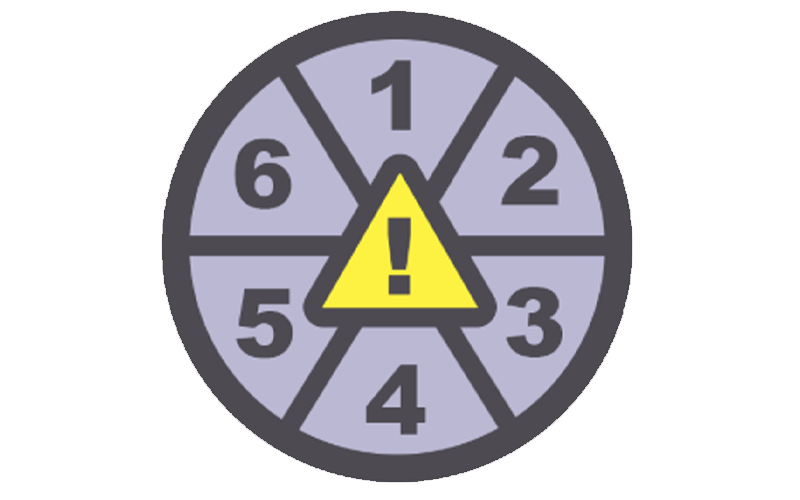

The 6 Big Losses in Manufacturing Organisations
In the world of manufacturing, understanding and addressing the Six Big Losses is crucial for optimising productivity and efficiency.
By identifying and mitigating these common causes of equipment-based productivity loss, Stiperstone can help manufacturers significantly enhance their Overall Equipment Effectiveness (OEE) and drive continuous improvement within their operations.
Equipment Failure:
Unplanned downtime due to equipment breakdowns or failures. It includes issues like tooling failures, unplanned maintenance, and other unexpected stoppages.
Setup and Adjustments:
Planned stops for activities such as changeovers, equipment adjustments, and setups. This category also includes time spent on cleaning, warm-up periods, and quality inspections.
Idling and Minor Stops:
These are brief stops, typically lasting a few minutes, that are often resolved by the operator. Common causes include minor jams, misfeeds, and brief pauses in production.
Reduced Speed:
This occurs when equipment operates at speeds lower than its optimal rate. Causes can include worn-out machinery, suboptimal settings, or inefficiencies in the production process.
Process Defects:
These are losses due to producing defective products that require rework or scrapping. This category includes issues like incorrect assembly, poor-quality materials, and operator errors.
Reduced Yield12:
This refers to losses that occur during the start-up phase of production, before the process reaches a stable state. It includes defects and waste produced during this initial period.